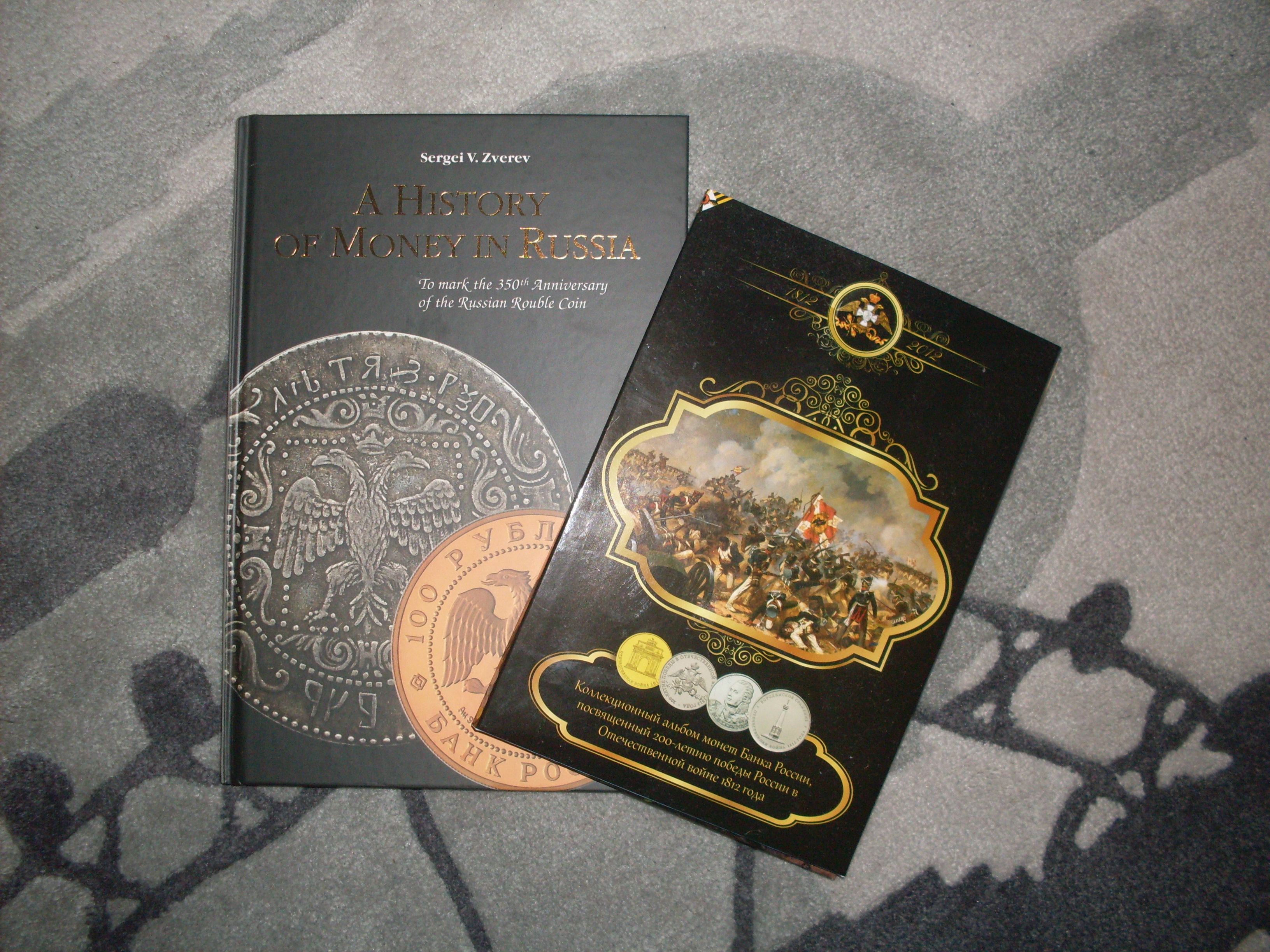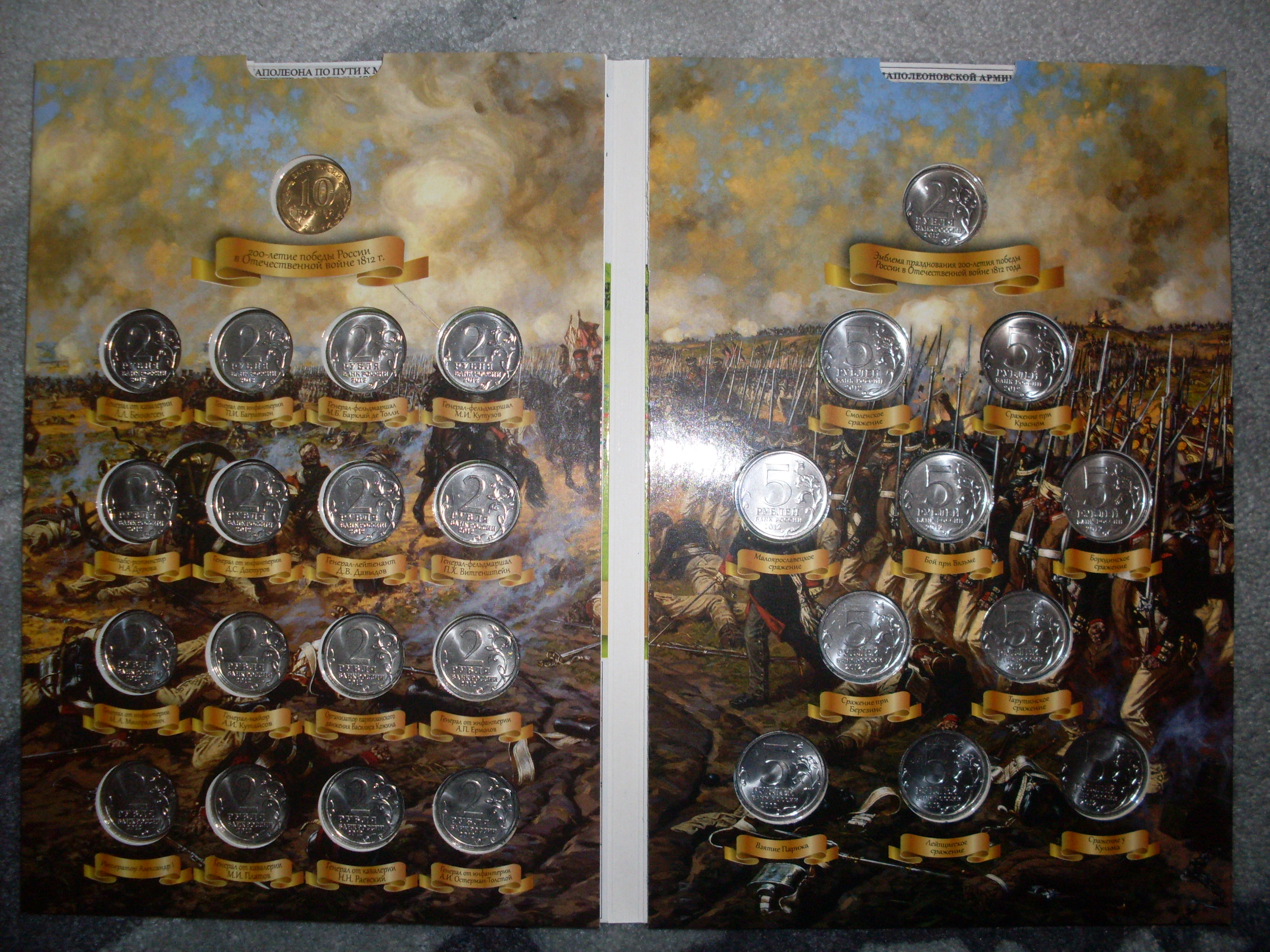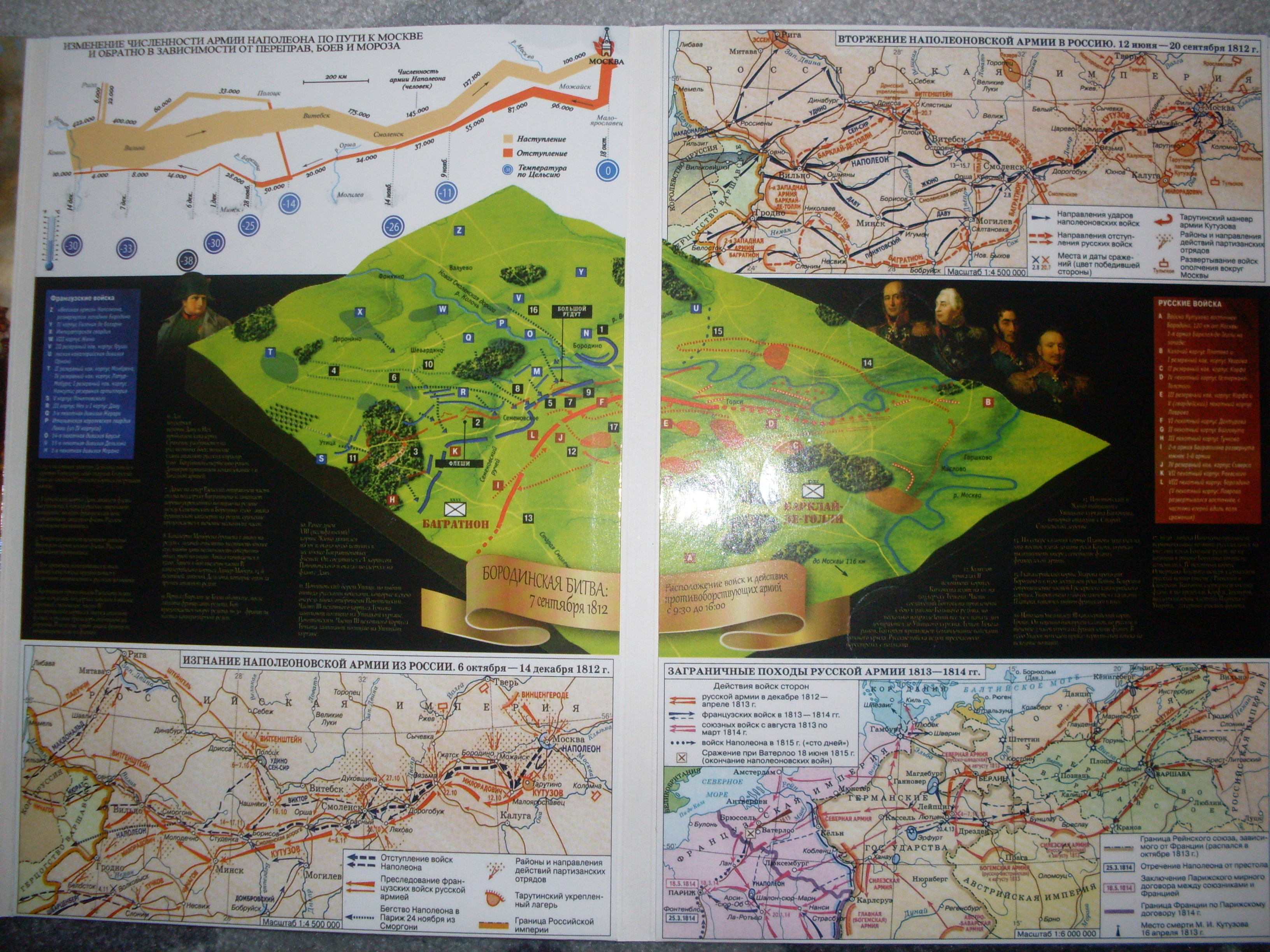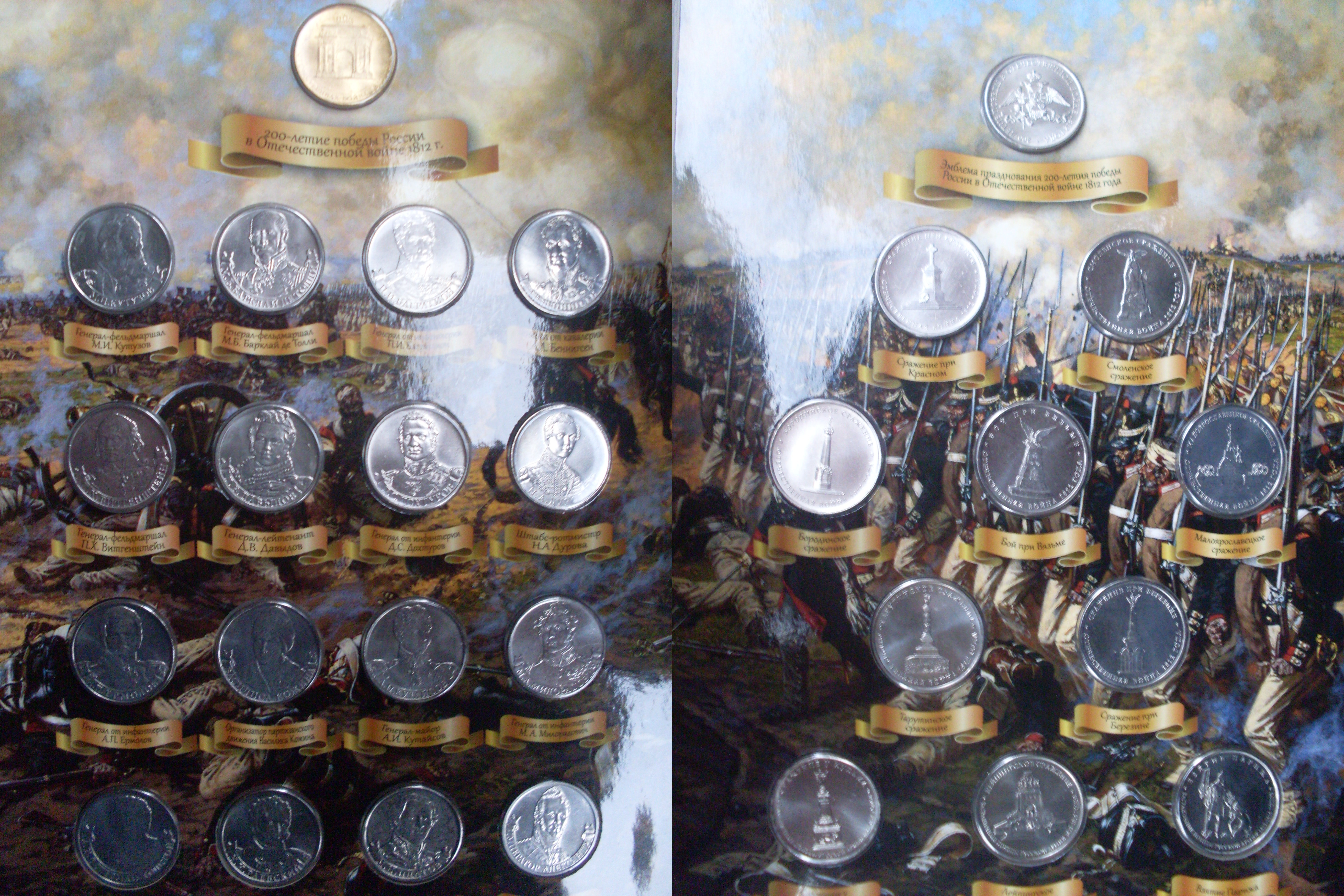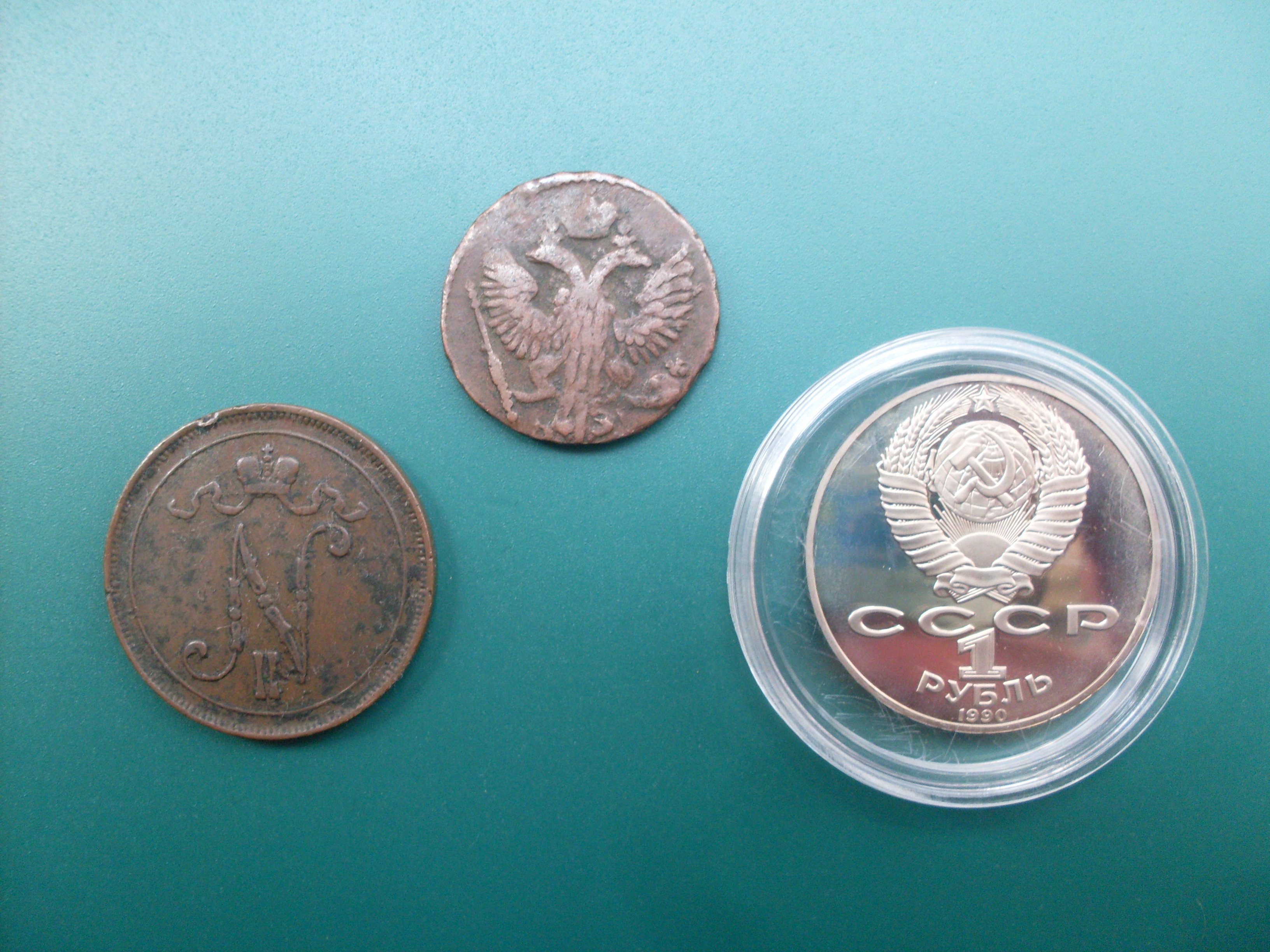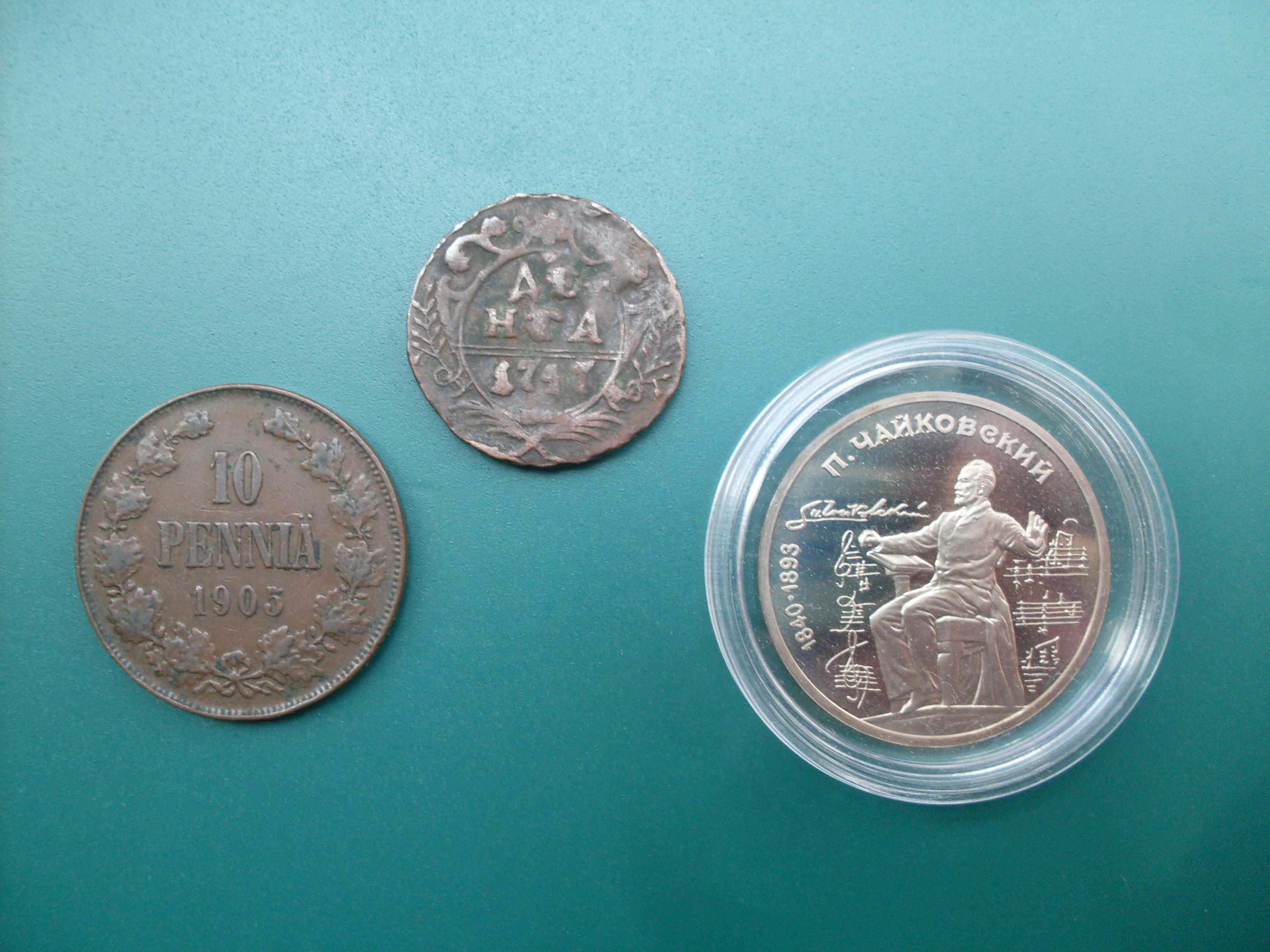Something a little unusual from a very unheard of region of Europe this month. When I first saw these, I knew I had to add them to my collection due to the unorthodox shape and material used to make them. Brightly coloured, and hailing from the break-away state of Transnistria.

Each coin is made of a composite polymer plastic and weigh roughly 1g each and have the feel of fairground ride tokens. The coins are all roughly the same size and average around 27mm in diameter.
On the reverse of each coin is the logo of the Transnistrian Republican Bank along with the value of the coin. The obverse of each coin features an important figure from Russian history, all of whom has some connection with Transnistria in some way:
- On the 1 rouble is a portrait of famed Russian general Alexander Suvorov (1730-1800). He was responsible for founding the city of Tiraspol in 1792 which is now the capital city of Transnistria. A statue of him sits in the central square of the city.
- The 3 rouble features a portrait of Francois Sainte de Wollant (1752-1818), a Dutch engineer who was responsible for building fortresses in the newly acquired land captured from the Ottomans during the Russian expansion of the 18th century. He built the fortress in Tiraspol and has a park named after him in the city.
- The 5 rouble coin shows Pyotr Rumyantsev (1725-1796) who was another Russian general who led armies against the Ottomans in the 18th century. He was known as the governor of ‘Little Rus’ which encompasses much of the territory occupied by modern Ukraine today.
- The 10 rouble shows a portrait of Catherine the Great (1729-1796) who ruled Russia as Empress during the period when the lands comprising Transnistria was captured from the Ottomans.
Modern Transnistria sits along the Dniester river between the countries of Ukraine and Moldova. A break away state, it has only been officially recognised by three other states, also break away states, Abkhazia, Artsakh, and South Ossetia.
Transnistria gained it origins as an autonomous region within the Ukrainian SSR in 1924, but wouldn’t declare full independence until 1991 with the disintegration of the Soviet Union. A year later, fighting would break out in the region between Transnistria and Moldova. A ceasefire would be called only 5 months later with a joint commission of Moldova, Russia and Transnistria seeking to maintain peace in the region.
To date, the regions situation has still remained unsolved but it has developed it’s own semi-presidential government, parliament, police, military, postal system, vehicle registration system, and as can be seen in this post, it’s own currency.





